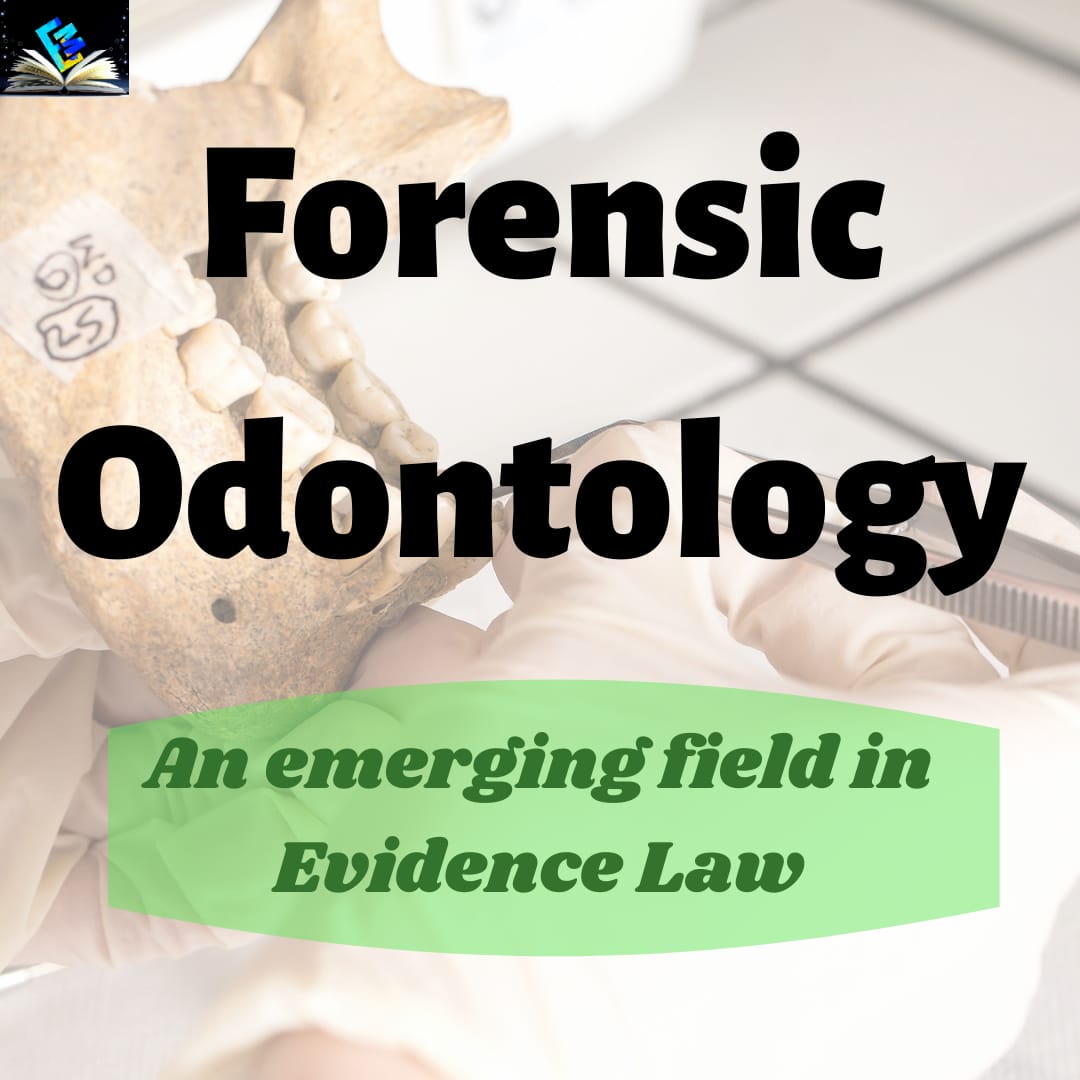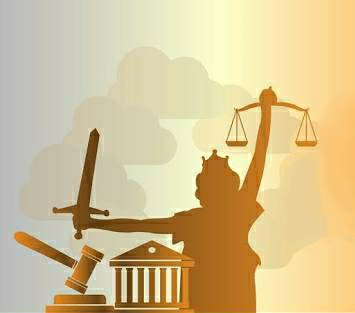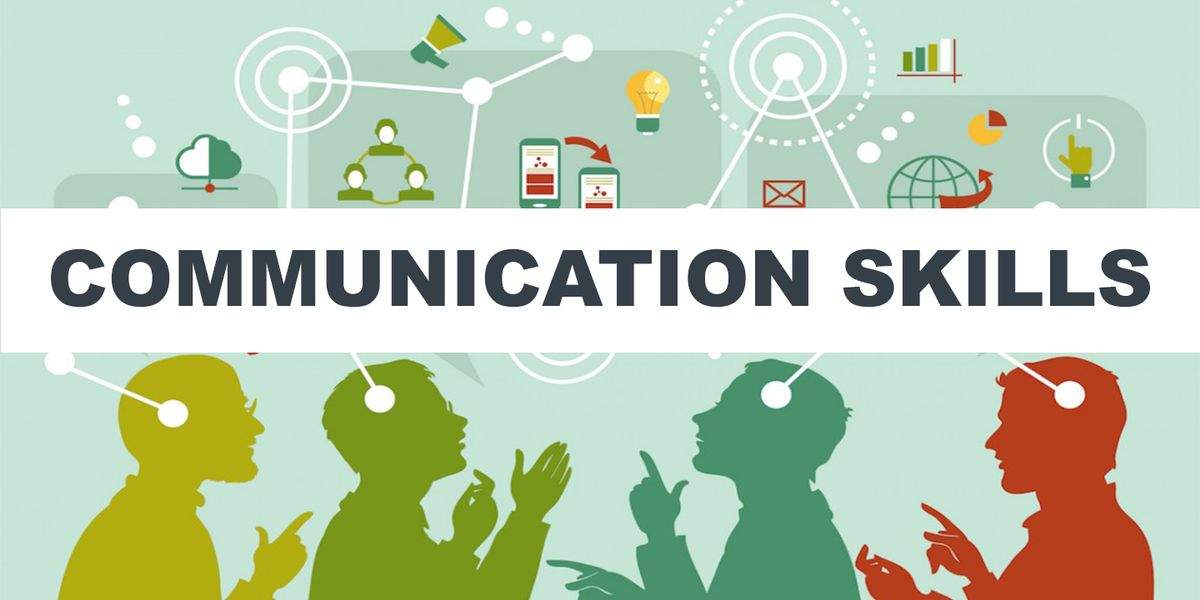
Forensic Odontology : An emerging field in Evidence Law
AUTHOR – Shivani
Introduction
The increasing crime rate in our society is a matter of major concern and one of the best ways to put a halt upon these criminal activities is to punish the accused. But the identification of the accused acts as the hurdle in the whole process therefore the evidence acts as the saviour of justice in such a situation. There are various types of evidence to prove a person guilty and one of the evolving types of evidence is forensic odontology. Forensic odontology refers to the examination of dental evidence and using it as an evidence. It is believed that it is one of the most reliable methods because the teeth of a human being are capable of surviving in adverse conditions and could play an essential role in recognition of the accused.
Forensic odontology is considered as the subspeciality of dentistry which is primarily concerned with the identification of the people involved in legal issues. The term forensic odontology is derived from two words, forensic and odontology wherein ‘forensic’ is derived from Latin word ‘forensis’ meaning a place where legal matters are discussed and ‘odontology’ which is the study of structure and disease of teeth.The first research on forensic odontology was compiled and written by Dr. Oscar Amoedo in 1898 and he was entitled L’Art Dentaire en Medecine Legale. Thus, Dr. Oscar is also known as the father of Forensic Odontology.
According to FDI World Dental Federation (Fédération Dentaire Internationale ) forensic odontology is defined as the branch of dentistry which, in the interest of justice, deals with the proper handling and examination of dental evidence and with the proper evaluation and presentation of dental findings.Furthermore, it is referred to as the application of dental science to the law, i.e. the use of dental evidence in the interest of justice as per American Society of Forensic Odontology. Dental structures are the hardest and are capable of resisting decomposition which aids the investigation process. The principle basis of forensic odontology lies on the fact that no two oral cavities are identical and each individual has unique teeth.
Forensic odontology could be classified into three types namely civil, criminal and research. The civil field deals with disasters such earthquakes, airline or train accidents wherein the victims are identified in advanced stages of destruction. It also aids the age assessment process of individuals in the case of teenage marriages and the accident victims suffering from amnesia. The next field of forensic odontology is concerned with the criminal aspect wherein the identification of individuals in the cases of homicide, rape or suicide takes place through bitemark analysis, palatal rugoscopy and cheiloscopy. The third classification highlights the training perspective of the medical and dental professionals in the field of forensic odontology.
History
Although in the present times forensic odontology might seem new to people but it has its roots in the past. The foremost dental identification was done in 49 AD in the Agrippina and the Lollia Paulina wherein the distinctive features of Lollia’s teeth helped to identify her even after her death. As per historical evidences Raja Jaichand of Kannauj who died in a battle with Muhammad Ghori and drowned in the Ganges after which he was identified because of the artificial teeth which were supported by the studs it was the first incident occured in 1194 dealing with forensic dentistry in India. The other case of 1775 dealt with a person named Warren killed by the British and his decomposed body was recognised by Paul Revere through the ivory denture work that he had done for Warren.
The popularly known Bite mark case Ohio v Robinson, 1870 wherein the culprit Robinson was charged for the murder of his mistress Mary Lunsford as the bite marks on the arm of the vitim were identical to the teeth of Robinson and he was held liable. The first identification of mass disaster victims was made in the incident of fire in Charity Bazaar in Paris in 1897 where the antemortem (AM) and postmortem (PM) dental records were compared inorder to identify the individual. The other case was regarding the conviction of Wayne Clifford who was popularly known as “the Vampire Rapist” due to his brutal conduct of biting the breasts of his victims and this habit of his paved a way to his conviction with the aid of forensic odontology.
In addition to this, the Late President of Pakistan Zia-ul-Haq died in a plane crash in 1988 and his identification was done through his dentition. Furthermore , in 1991 our former Prime Minister Rajiv Gandhi who died due to a human bomber was identified with the help of his dentition. Also the Tsunami victims hit by the tsunami in 2004
in the region of Southeast Asia were identified with the help of forensic odontology. Although the use of forensic odontology traces back to history but still in the present scenario it is an emerging field in the evidence law.
Forensic odontology under Indian law
Forensics play a crucial role as evidence especially in the cases of sexual assault wherein the emerging field is forensic odontology. Forensic odontology deals with various functions such as:
● Identification of a victim of disaster through dental record.
● Estimation of the age of an individual irrespective of the fact he is alive or dead.
● Analysis of the bite marks present on the body of the victim.
● Identification through bite marks on other substances.
● Analysis of the marks of the weapon used in accordance to the principles of bite marks analysis.
● Presenting the weapon and bite mark evidence in the court as the expert witness. In Indian context the concept of forensic odontology was primarily used in bite marks analysis and the evidence produced is considered as the expert opinion.
Expert Opinion according to Section 45 under the Indian Evidence Act, 1872 refers to the opinion of a person skilled in foreign law, science or art, or in questions related to identification of handwriting or finger impressions which forms a part of relevant fact when the Court has to form an opinion on the similar subject matters.
Further, in accordance to this section an expert is a person who has acquired special knowledge, skill or experience in any science, art, trade or profession acquired by practice, observation or careful as observed in K.Krishna Chettiar v Ambal & Co, AIR 1970 SC 146. In addition to this an expert is defined as the person who by his training and experience has acquired the ability to express an opinion but an ordinary witness does not possess this quality as the evidence of an expert is such an evidence which is based on expertise and experience.
Thus, in the view of language of Section 45 of the Indian Evidence Act, 1872 in order to make a testimony of a witness admissible the competency of the witness as an expert must be shown, may be by showing that he was possessed of necessary qualification or that he has acquired special skill therein by experience.
Before the admissibility of the expert opinion there are two prerequisites that must be proved which comprises two questions whether there is a necessity of an expert opinion and whether the witness in question is really an expert or not. The answer to the former question deals with the ability of the court to form its own opinion wherein the expert opinion is not necessary if the court forms an opinion. Further, if an injury is caused by a lethal weapon, it is always the duty of the prosecution to prove by evidence that it was likely or at least possible for the injuries to have been caused with the weapon with which and in the manner in which they are alleged to have been caused. The answer to the second question deals with the presentation of proof of special study made by him or acquaintance of a special experience in that particular subject by the person who affirms himself as an expert.
The credibility of an expert witness depends upon reasons stated in support of his conclusions and the data and material furnished which form this basis of his conclusion.
Furthermore, in the case of Magan Bihari Lal v State of Punjab 1977 2 SCC 210 highlighting the credibility of expert opinion the Supreme Court stated that an expert opinion must be received with caution and a conviction solely on the basis of expert opinion without substantial corroboration is unsafe. The rule laid has become universally acted upon and has managed to almost become the rule of law. The Code of Criminal Procedure, 1973 under Section 293 lays emphasis on the admissibility of expert opinion stating that any document in the hand of a Government scientific expert based upon the matter or anything submitted to him for examination or analysis and report relating to any proceeding under this Code could be used as an evidence in an inquiry.
This provision also empowers the Court to summon or examine the expert in regards to his area of expertise and if the official faid to come personally unless expressly asked could send an official on his behalf who is well versed with the facts. In addition to this the section is applied to Government scientific experts which include Chemical Examiner or Assistant Chemical Examiner to Government, Chief Inspector of explosives, the Director of Finger Print Bureau, the Director, Haffkine Institute Bombay, the Director, Deputy Director or Assistant Director of a Central Forensic Science Laboratory or State Forensic Science Laboratory and the Serologist to the Government.
Furthermore, Senior Scientist (Chemistry), Central Forensic Laboratory was held to be an expert in science though not falling in the category of officers mentioned in Section 293 CrPc and his opinion would be a relevant piece of evidence in view of Section 45 according to Amarjeet Singh v State (Delhi Admn.), 1995 Cr LJ 1623 (Del). Thus, Section 45 of the Indian Evidence Act, 1872 and Section 293 of the Code of Criminal Procedure, 1973 provide admissibility to the expert opinion in the cases related to forensic odontology. The concept of forensic odontology might be an emerging concept in the field of law but it has been used in various cases to provide justice to the victims. Maximum number of cases using forensic odontology were the cases of sexual assault in India and some of them are discussed below.
● Nirbhaya Case (Mukesh & Anr v State of NCT of Delhi & Ors(2017) 6 SCC 1)
This was one of the rarest of rare cases wherein an innocent 23 year old paramedic student fell prey to the brutality and was thrown out of the bus in a barbaric state with her friend. The girl was bitten all over the body, her clothes were stripped, her internal organs were gouged out, she was raped by six persons turn by turn with insertion of iron rods into private parts and then thrown out of the bus in a naked state on that cold wintery night. The accused were hung to death out of which one died due to suicide. But finding all six accused was a tough task as the incident created havoc in the city and authorities were made more alert in order to investigate the case.
During the hearing of the case, forensic odontology played a major role in the identification of the accused. The bite marks on the body of the victim were analysed and presented as evidence. Furthermore, this analysis helped in the age determination of the accused minor. Professor Neilsen, elaborated on the concept of forensic odontology and stated reasons to consider it a well defined and independent subject due to three reasons:
- The objectives of forensic odontology are different from the aims of conventional dental education.
- It has different investigations and considerations from other ordinary dental practices.
- The presentation of the forensic dental reports and statements takes place in accordance with legal formalities so that it is of value to the requesting aid.
Further, the case highlighted the three major fields of activity, first being the examination and evaluation of injuries to the dental part of the body, second consists of the examination of bite marks with subsequent elimination or possible identification of a suspect as originator and thirdly examining the dental remains from unidentified persons or bodies for identification. Thus, the report was considered as credible evidence as the bite marks were identical to the tooth structure of the persons accused and no grounds of suspicion were observed.
● Jisha Murder Case (Muhammed Ameerul Islam v State of Kerala 2016)
This case was also under category of rarest of rare cases wherein a Jisha, a law student of Peerumbavoor was brutally raped and killed by Ameerul Islam who used to track her daily routine and committed the crime due to previous grudges. The barbaric condition of the victim led the police to seek aid of forensic odontology. The reports revealed that there were two bite marks on the body of the victim which led to the identification of the accused by the bite mark analysis and the accused was held guilty of rape and murder for which he was sentenced to life imprisonment.
● Sheena Bora Case (Pratim Alias Peter Mukherjea vs Union Of India And Anr, 2018)
In this case the mother and father of the girl were held liable for murder of their daughter and when the investigation was initiated the body of the daughter was identified with the help of skeletal remains primarily the jaw and teeth as the body was burned by the accused. Parbhani Rape and murder case
In this case a 14 year old girl was raped and murdered by 34 year old Irfan Afroz Sannulla Farroque. The investigation was carried upon 12 bite marks found on the body of the victim and later on it was proved through bite marks analysis that the culprit was Afroz as his teeth were identical to the marks found on the body of the deceased. This was the second case to use forensic odontology as evidence to prove the culprit guilty.
● Ahmednagar Rape Case (2016)
In this case a 15 year old girl was raped and strangled by three men. The case was rarest of rare in nature and attracted various candle marches in Maharashtra. The accused were in this case sentenced to death penalty with the help of the bite mark analysis carried upon the multiple bite marks found on the body of the deceased.
Conclusion
The article highlights the fact although widely accepted, forensic odontology is still an emerging discipline in India. “Authorities in the West know about it but this is still not common in India,”affirmed Dr.Ashith Acharya, Government recognised Forensic dentist. Being less recognised the development of forensic odontology is comparatively slow. The cases discussed above are evident to prove the importance of forensic odontology in the investigation of crime and as evidence against the accused.
Further, it was observed that the concept is not new and incidents from past history state that it has been in practice all over the world even before the introduction of science and technology but now it is new or unrecognised among the people. The newspapers and mass media nowadays are full of cases related to sexual assault or other heinous crimes which possess danger to the peaceful and safe existence of people in the society.
Such an existing situation demands an advanced and strong form of evidence in order to track the accused quickly and do justice to the victim. The cases mentioned in the article depicts the existence of people with evil intentions and devilish behaviour with the innocent beings. From Nirbhaya to Jisha and Parbhani to Ahmednagar there are lots of rape cases which are either not reported or are pending the courts due to lack of evidences or loopholes in the existing system.
“Odontology is an important area of investigation. There is a tendency in criminals to destroy evidence after committing crimes. But teeth are one among few unique features in human beings which that could lead to identification of an individual.” – Jayant M Vyas,Director General, Gujarat Forensic Science University
Forensic odontology is a ray of hope for the victims to get justice but the problem arises due to lack of knowledge about the concept. There is a need to create awareness about the value of forensic odontology among the people to expand its scope. Further, the whole system of the procedure of forensic odontology should be more organised and there should be good communication between the authorities to carry out the work swiftly and efficiently.

References
- Somita Pal, “First in Mumbai: Forensic odontologist helps secure rape conviction”, DNA, May 22, 2015. (online) Available at: https://www.dnaindia.com/mumbai/report-first-in-mumbai-forensic-odontologist-helps-secure-rape-convict ion-2088036.
- Shalini Gupta, Archana Agnihotri, Akhilesh Chandra and Om Prakash Gupta, “Contemporary practice in forensic odontology”, Journal of Oral and Maxillofacial, 2014 May-Aug; 18(2): 244–250. (online) Available at: https://www.ncbi.nlm.nih.gov/pmc/articles/PMC4196294
- N.Balachander, N.Aravindha Babu, Sudha Jimson, C.Priyadharsini and K.M.K Masthan, “Evolution of forensic odontology: An overview”, Journal of pharmacy & Bioallied Science, 2015 Apr; 7(Suppl 1): S176–S180, 2014 May-Aug; 18(2): 244–250. (online) Available at: https://www.ncbi.nlm.nih.gov/pmc/articles/PMC4439663/#ref7
- Hiran Unnikrishnan, “Perumbavoor case: police turn to forensic odontology” The Hindu, May 13, 2016. (online) Available at: https://www.thehindu.com/news/cities/Kochi/perumbavoor-case-police-turn-to-forensic-odontology/article 8593036.ece
- Forensic study of teeth vital in Nirbhaya, Sheena cases, Times of India, September 20, 2015. (online) Available: https://timesofindia.indiatimes.com/city/mysuru/Forensic-study-of-teeth-vital-in-Nirbhaya-Sheena-cases/art icleshow/49033234.cms
- Karanprakash Singh, Chitra Anandani, RamanPreet Kaur Bhullar, Anil Agrawal, Harshvardhan Chaudhary and Ankur Thakral, “Teeth and their Secrets – Forensic Dentistry”, Volume 3, Journal of Forensic Research, Pg 1 to 3, 2012. (online) Available at: https://www.hilarispublisher.com/open-access/teeth-and-their-secrets-forensicdentistry-2157-7145.1000141.pdf
- Bhavya Dore, “Meet India’s dental detectives, who are helping solve crimes – one set of teeth at a time”, scroll.in, September 10 2018. (online) Available at: https://scroll.in/magazine/890365/meet-indias-dental-detectives-who-are-helping-solve-crime-one-set-of-te eth-at-a-time#:~:text=Though%20still%20a%20nascent%20field,in%20criminal%20and%20civil%20cases .&text=Dr%20Ashith%20Acharya.&text=Dental%20patterns%20are%20also%20a,in%20cases%20of%20 sexual%20assaults.
- Dr.Pratibha Sharma, “Role of Forensic Odontology in Crime Investigation & Incinerated Body identification”, Volume 7, International Journal of Scientific Research and Review, Pg 43. (online) Available at: http://www.ijsrr.co.in/images/full_pdf/1575437892_3041.pdf
- Batuk Lal, The Law of Evidence, p.no. 379-398, Central Law Agency, Allahabad, 2018. ● Indian Evidence Act, 1872.
- The Code of Criminal Procedure 1973.
How informative was this article!! Tell us in the Comments Section
For more information Visit Our Site






